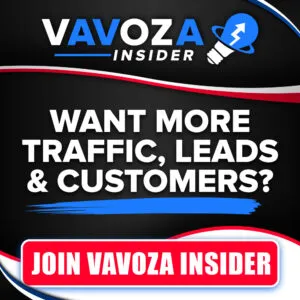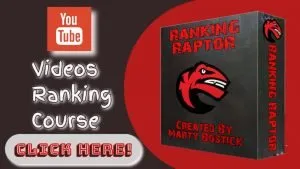You can have 10,000 names on an email marketing list, but if they are all sent directly to trash, you receive no benefit from them. On the other hand, if you have 100 names on an email list and all 100 customers go to your website and place an order, you have made 100 sales. So how do you build a relationship with your subscribers that will lead to future sales?
Following are eleven suggestions on how to make your email marketing list more responsive:
1. Follow a Schedule
You build personal relationships through regular contact. Email marketing is no different. You need to send emails on a regular schedule. They don’t have to be daily or even weekly, but they need to be delivered on the same day or days of the week without fail. Rule of thumb: 80% of your emails should be informative; 20% can carry a sales message.
2. Share Informative Content
• YouTube videos
• Product offers and specials
• Humorous pins or Instagram photos
• Great blog posts (may be your own or by others in your field)
The only way to be sure your emails are opened instead of trashed is to be sure they are informative to your clients. Don’t send a funny pin because it’s funny. (Email marketing is not Facebook.) Be sure it carries a lesson your customer can use.
3. Tell Readers About Yourself
It goes against business writing 101 to say anything personal about yourself, but an email marketing list is not a business letter. A salesman may not sell anything the first five times he talks with a prospective client; but during those five conversations, the client gets to know a little bit more about the salesman. On the sixth visit they make their first purchase. Most people need to get to know you before they are willing to buy from you. So go ahead and share a little bit about yourself in your emails (“little bit” being the key phrase).
4. Let Readers Share with You
A relationship goes two ways. If you have taken time to share a little bit about yourself, then you should allow your readers to do the same. That means you should conclude your email with an invitation to either respond to an email address or to leave comments below. When you do not allow commenting, it appears you have all the answers and do not want to hear from your subscribers. Big mistake!
5. Limit Images
Email is not a website, and many platforms do not allow images. Save yourself and your readers the hassle. Limit the use of images in an email.
6. Third-Party Offers
If you are considering sharing a third-party deal or offer with your readers, take time to ask yourself these questions:
• Did my subscribers sign up for these kind of promotions?
• Is this deal you are considering sharing with them something you have tested yourself?
• If not, do you trust the marketer you are about to connect them with?
If you offend your subscribers, they will probably cancel their subscription. They don’t care whether it is a third-party offer or your own personal information; if they don’t like what they are receiving, they will send it straight to trash.
7. Subject Line Tips
The subject line of the email often determines whether your email is opened or not. Check out this very helpful blog on writing the perfect subject line.
8. Stay True to Yourself
There are a number of email marketing suggestions that make businesses look like scams. Don’t assume because someone wrote it, you should try it. If it is not something you believe in, then pass and try something else. You’re not trying to build a relationship with the person who writes suggestions; you want a relationship with your customers. Let your list see the real you. To build trust, you want to show you are honest and loyal and keep your word.
Stay on top of and follow the spam regulations. Otherwise, a disgruntled subscriber may file a complaint against you.
9. Add an Unsubscribe Link
Don’t forget to give subscribers an easy way to unsubscribe if they want to. You don’t want them to mark your email as spam because they can’t find a way to unsubscribe.
10. Limit Size of Email Template
Again, various mail programs limit what comes into email boxes. Be sure your template is small rather than large so it is allowed by all email servers.
11. Call to Action
Decide what you really want your customer to do as a result of your email (click a link, purchase a product, etc.), and include a request for them to do that. Only use one call to action per email!






